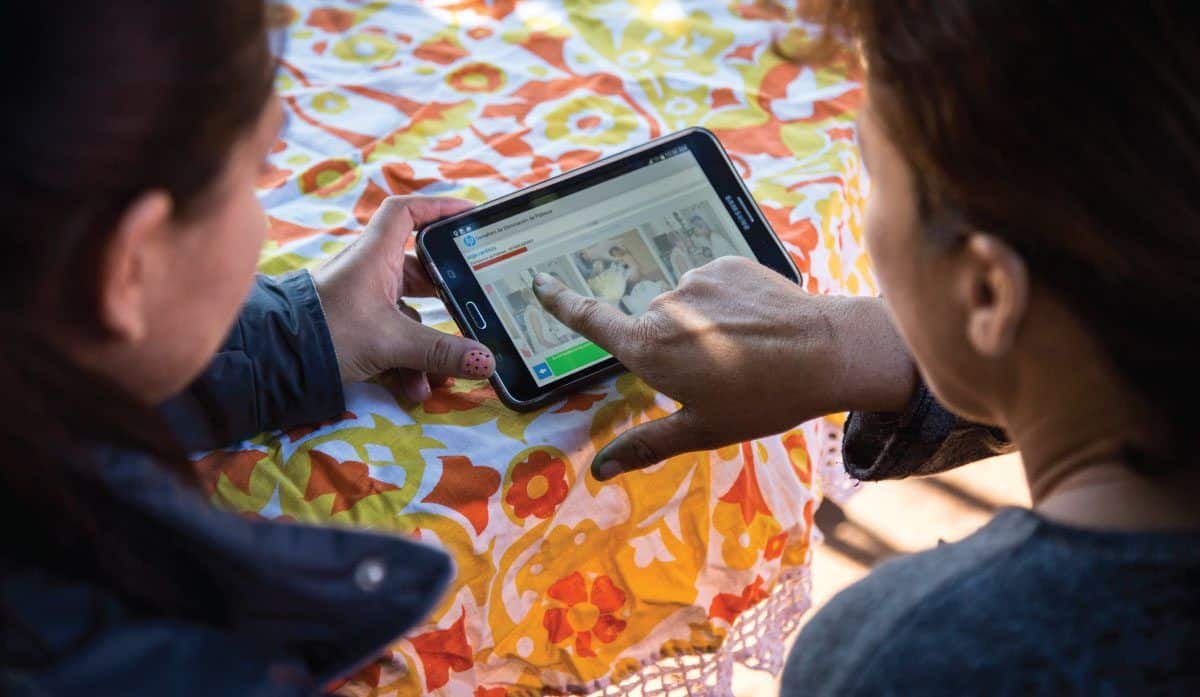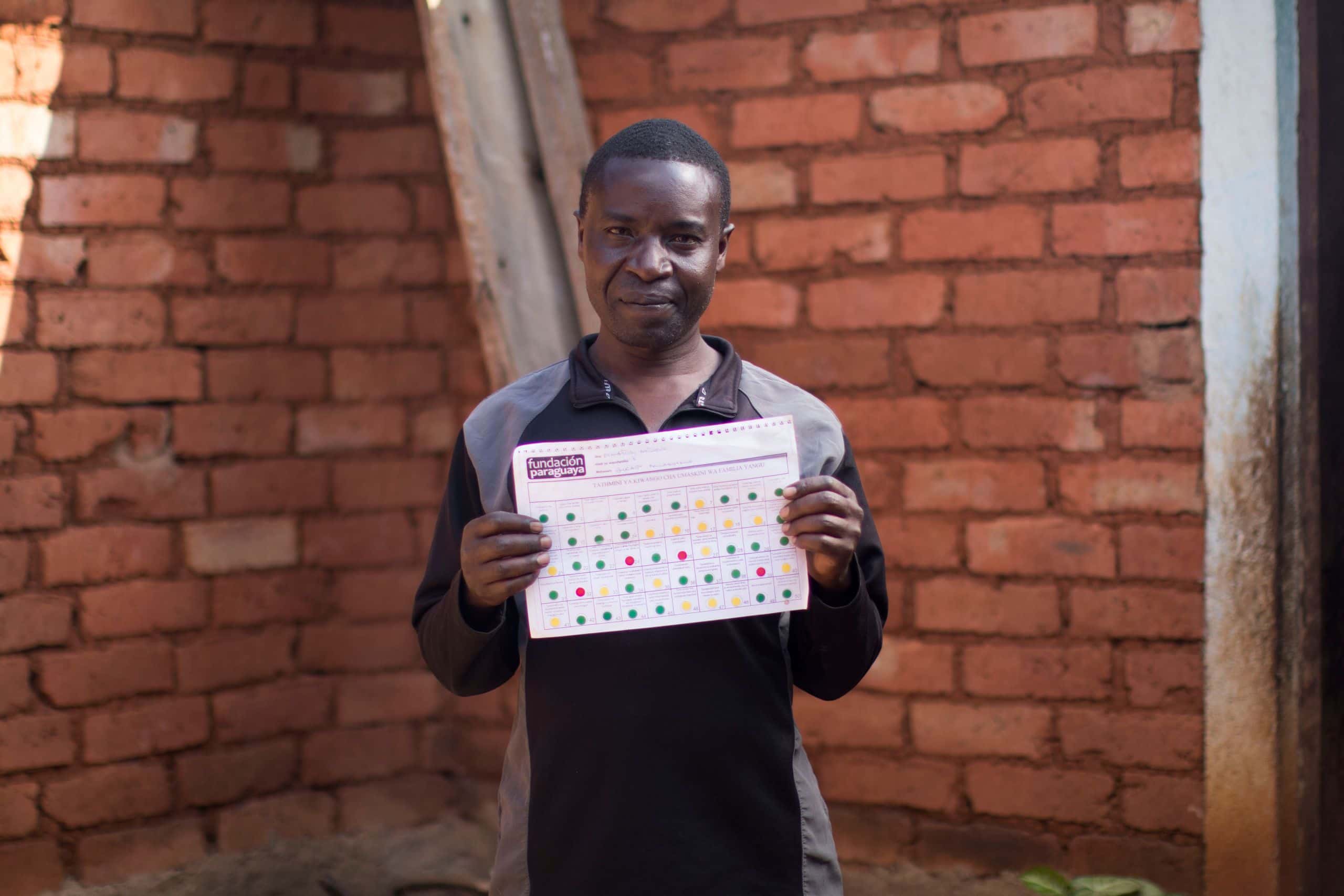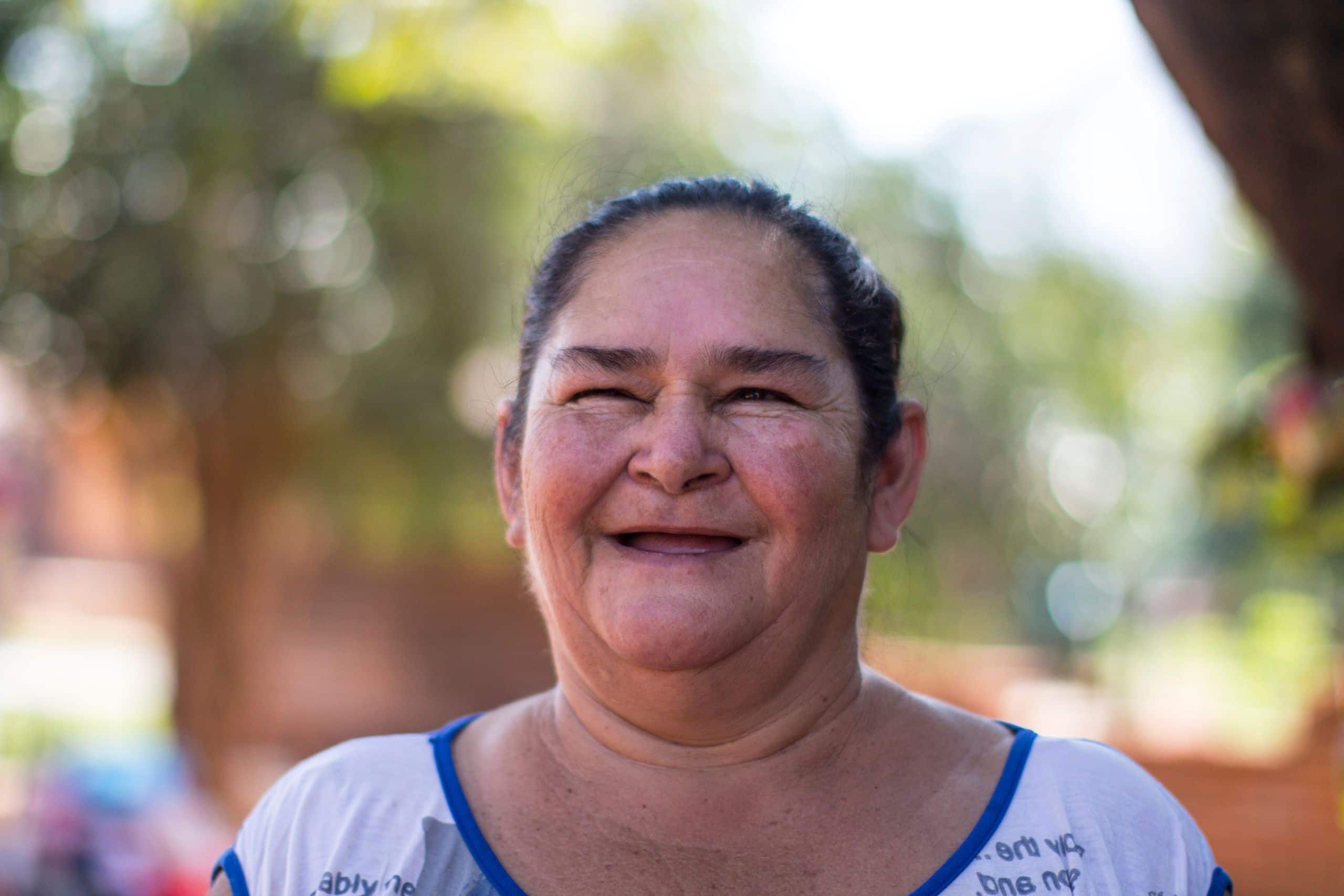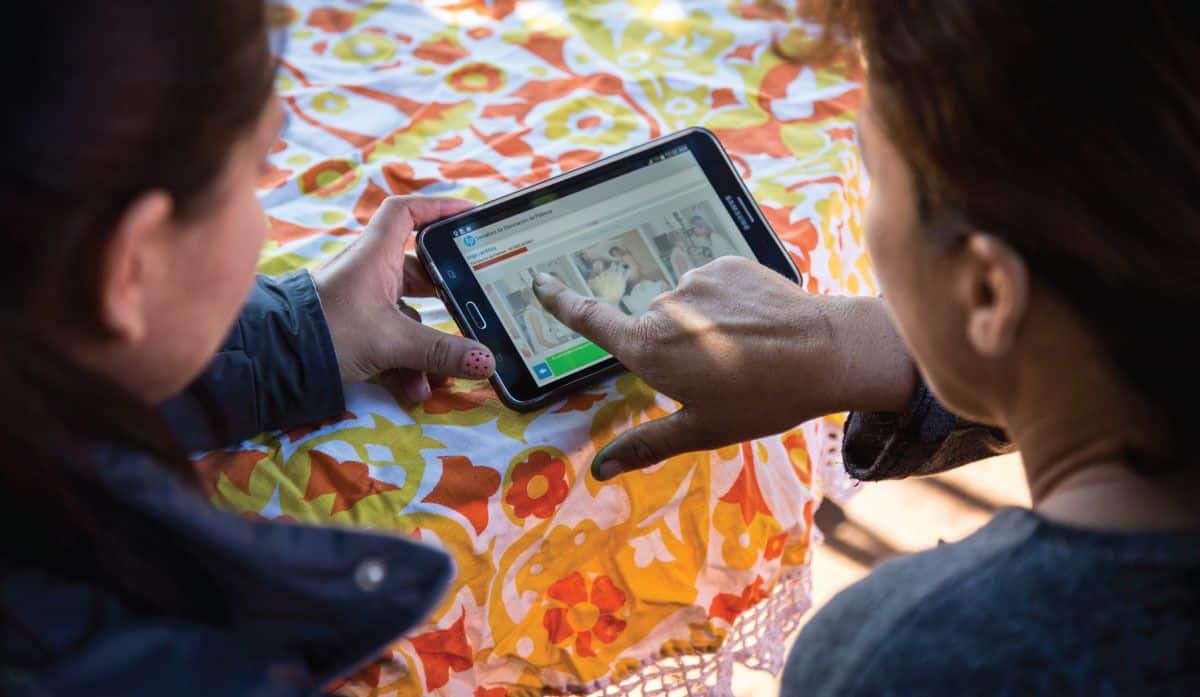This guest blog comes from Roxana Newton, Whole Planet Foundation’s Regional Director for Latin America and North America.
Whole Planet supports microfinance institutions (MFIs) serving vulnerable communities and promoting financial inclusion throughout these communities throughout the world. You may be wondering: how do WPF partners identify their target client and communities? How do they measure their impact on these communities and individual families?
Many of our partners use poverty measurement tools to assess if they are reaching their target and determine what percentage of their client base are ‘poor’. The Ford Foundation, CGAP, the EU and the Social Performance Task Force compiled a report in 2010 Poverty Targeting and Measurement Tools in Microfinance. The report describes two tools are constructed and the feedback received on the tools. The most common survey is the PPI or the Progress out of Poverty tool designed by Grameen. The other example is the Poverty Assessment Tool (PAT) designed by USAID. The PPI measures ‘the estimation of a group’s poverty rate at a point in time and an estimation of changes in a group’s poverty rate between two points in time’. The PAT measures ‘an estimation of the poverty outreach of an organization, as a percentage of its client population that is below one or more poverty lines’.
Of the partners using a poverty measurement tool, many are using the PPI or a version of this tool. WPF’s partner in Paraguay, Fundación Paraguaya, has created its own tool – the Poverty Stoplight.
Fundación Paraguaya realized that many of their clients were still continuing to struggle with poverty-related challenges despite access to microfinance and increase in family income. Fundación Paraguaya decided to build its own tool that would allow the client to assess their own status and develop an action plan on how to improve their own family’s situation.
The Poverty Stoplight is both a metric and a methodology that enables families to assess their level of poverty and to implement individual and personalized strategies to overcome their families’ specific challenges. It defines what it means not to be poor across six dimensions: income/employment, health/environment, housing/infrastructure, education/culture, organization/participation, and interiority/motivation. The six dimensions are divided into 50 indicators and each indicator is represented by three images. Each participant self-evaluates her/himself according to the picture: extreme poverty (red), poverty (yellow) and non-poverty (green). The indicators are both internal (income) and external (poor roads).
Participants are able to complete the evaluation on a mobile phone, tablet or computer. They also receive their own booklet with all 50 indicators and stickers (red, yellow and green) that the participants are able to update as they move forward on their path out of poverty. After the evaluation, the results allow the participant to visualize and understand their strength and weakness and helps them create and focus on concrete actions and setting priorities.
I recently had the opportunity to visit Fundación Paraguaya. During my visit, a client let me watch her as she completed the Poverty Stoplight self-evaluation. She has been a microfinance client of Fundación Paraguaya for many years and has a stable business, income and receives additional support from her husband that works in El Chaco. Many of her red indicators were external factors including lack of garbage collection and poor streets. When I asked Fundacíon Paraguaya what can be done in this situation, the loan officer responded that Fundación Paraguaya can be the resource and help them identify what needs and can be done.
Another group I met with had already been to the city to try to address a very poor road in their community (that was further damaged by the 2016 floods). Unfortunately, they did not have much luck with their municipality, but they did come together as a group to do bake sells to raise the funds to fix the road themselves. Another indicator is the state of the family’s bathroom (latrine, inside bathroom etc.) Fixing this indicator can be expensive, so what Fundación Paraguaya has implemented is a series of ‘contests’ under the assumption that peer support and motivation can lead to a significant (positive) change.
One of these contests is the “My Bathroom, My Kitchen, My Pride” contest. Banco communales choose the woman with the worst bathroom and together as a group they raise money and fix the bathroom. What Fundación Paraguay realized that this started a chain reaction and over time the groups would begin working on other member’s bathrooms and with a small investment (prize money) the overall impact of these types of contest are enormous.
Fundación Paraguaya also uses the tool within its own organizations and works with other private organizations to adopt the tool and implement it internally. To date 86 other companies in Paraguay have used the Poverty Stoplight internally. On an international level, organizations in more than 20 countries ranging from the United States to Pakistan to Vietnam have or are implementing the Poverty Stoplight tool. Each of the indicators are adapted to the specific country context because what it means to be poor in Mexico is not the same as being poor in Tanzania.
To read more about the Poverty Spotlight, visit Fundación Paraguaya or read a feature of Poverty Stoplight in Development Impact & You .
To view a short demo of Poverty Stoplight, click here.
****
Whole Planet Foundation’s partner in Paraguay, Fundación Paraguaya, has received $1.3 million since 2010. In 2017, WPF approved a $400,000 grant to support 2,590 more microcredit clients.




